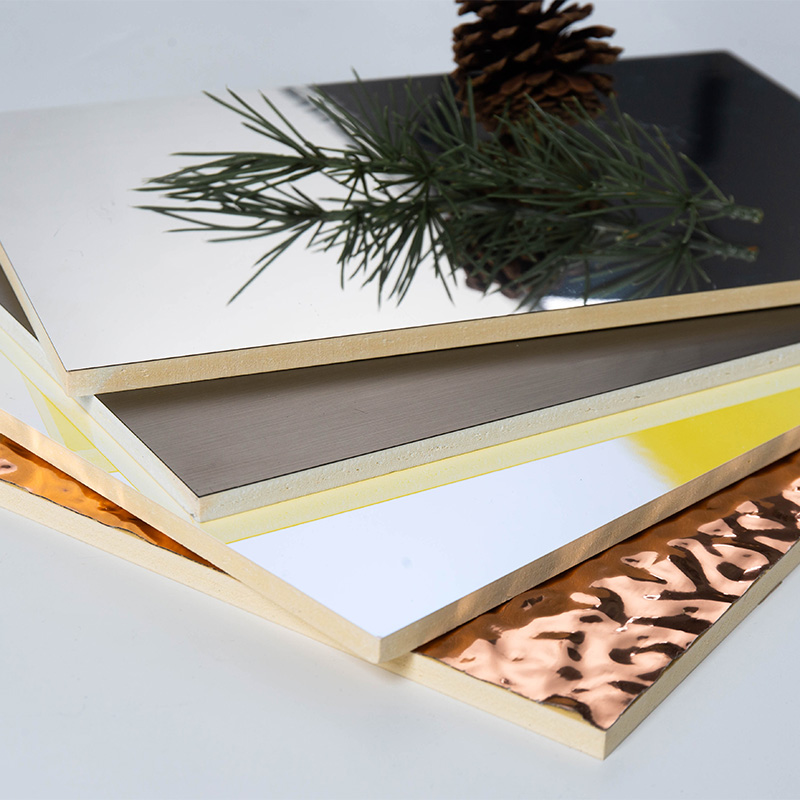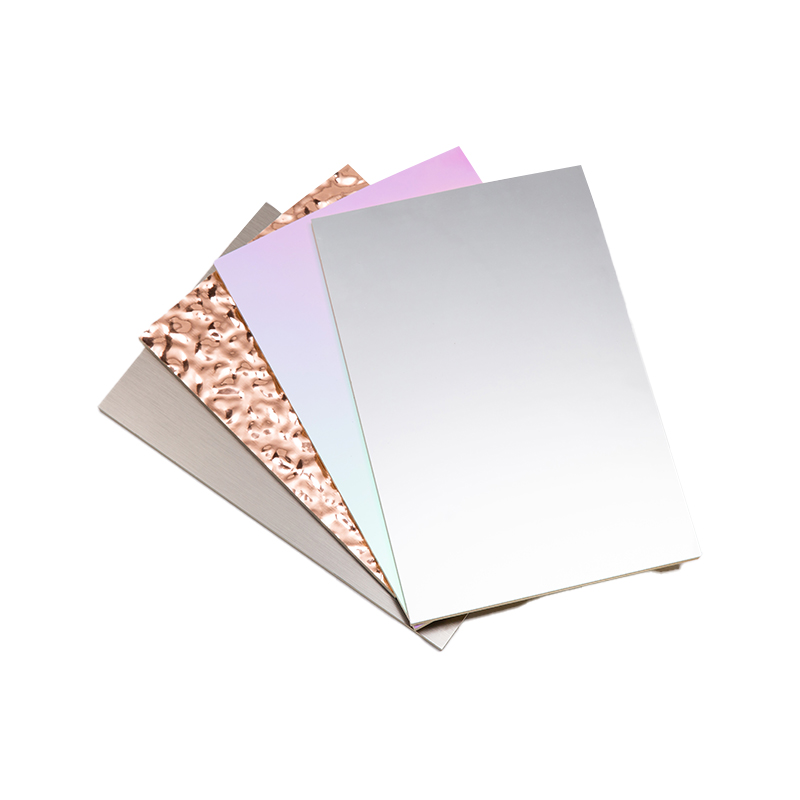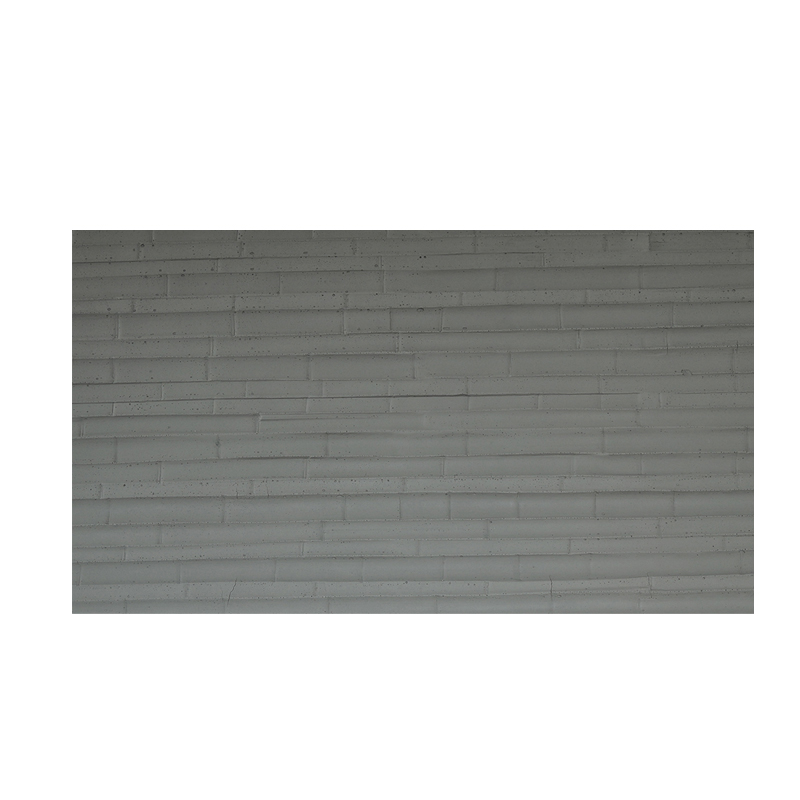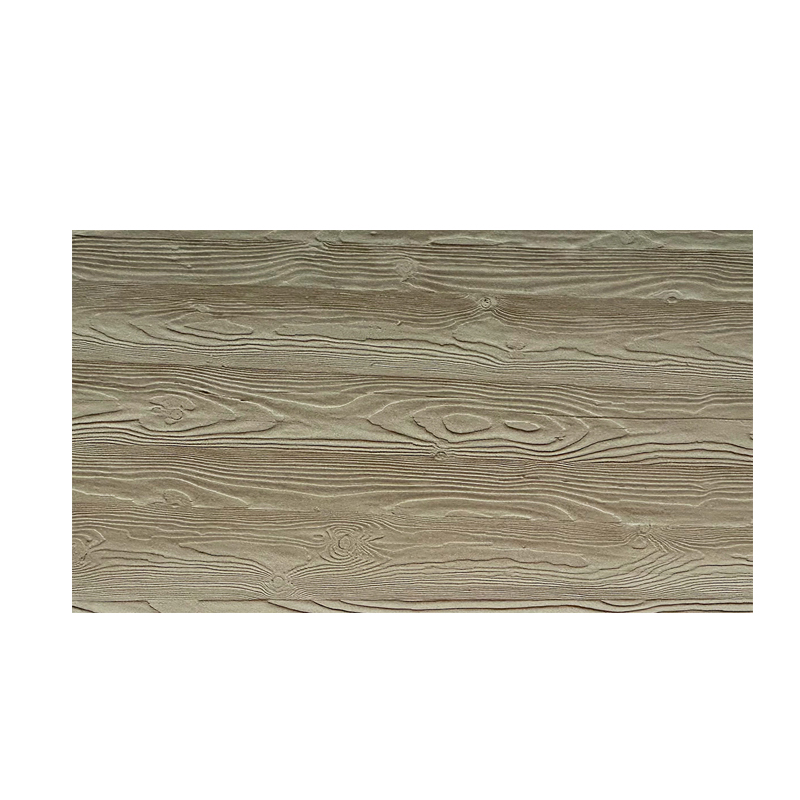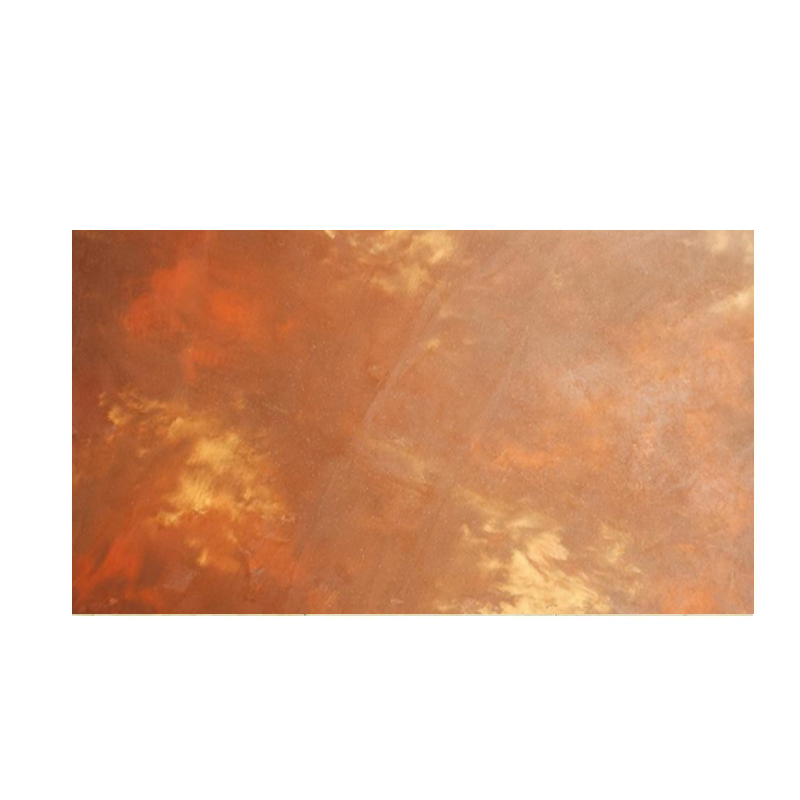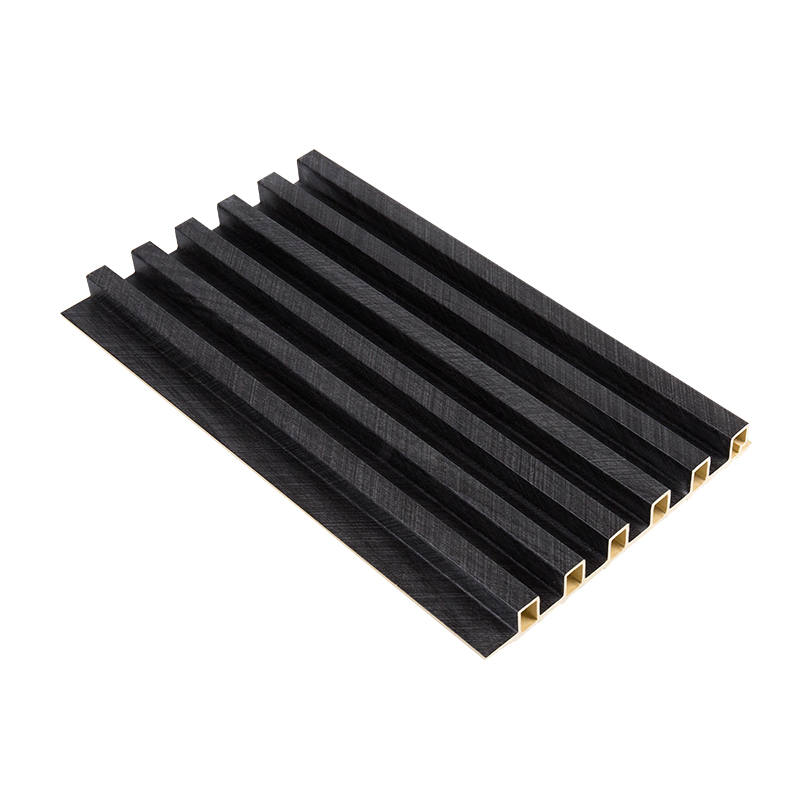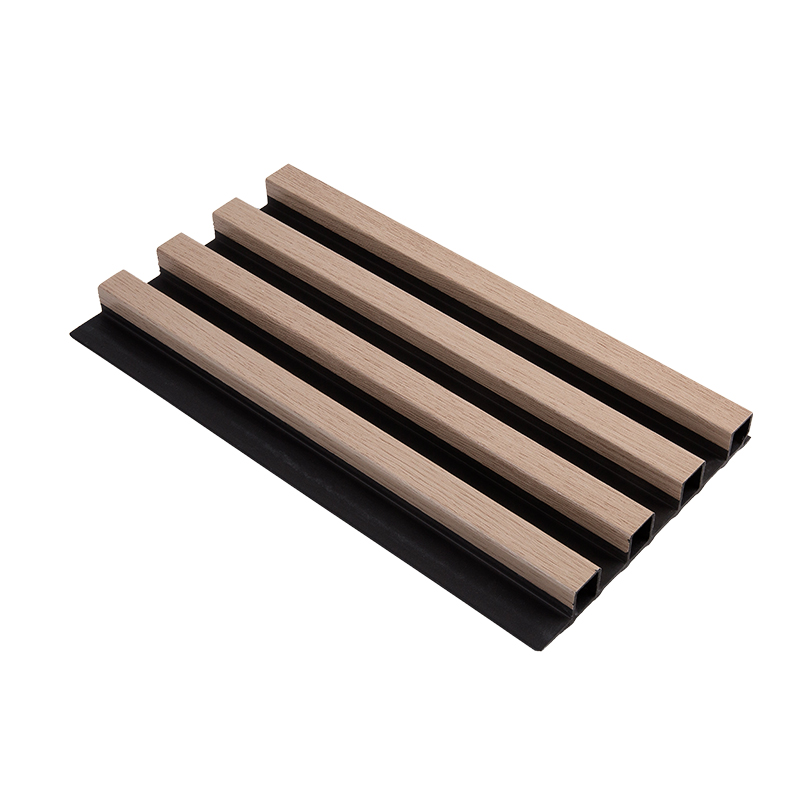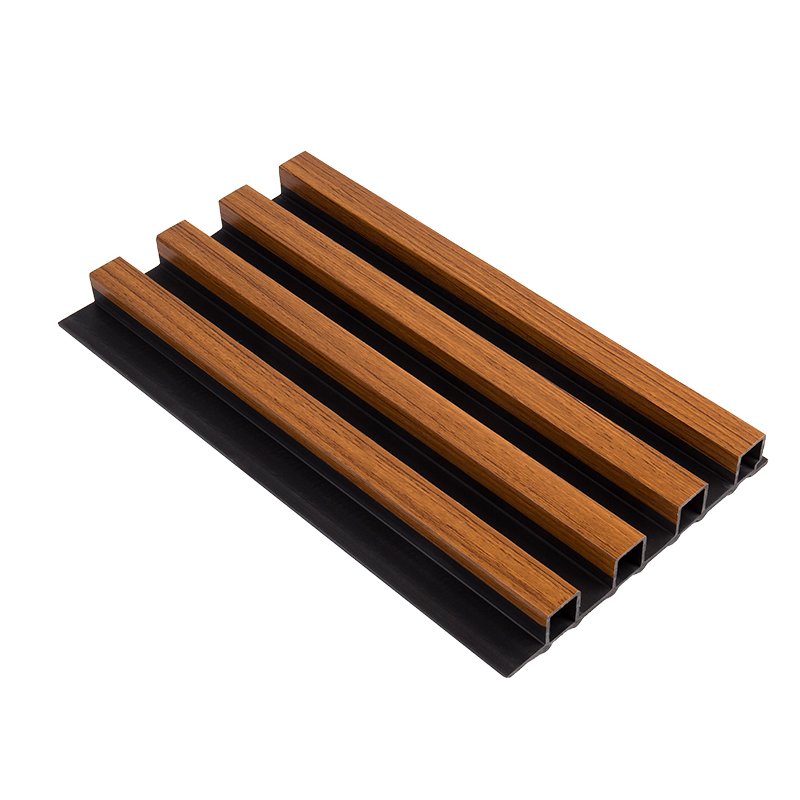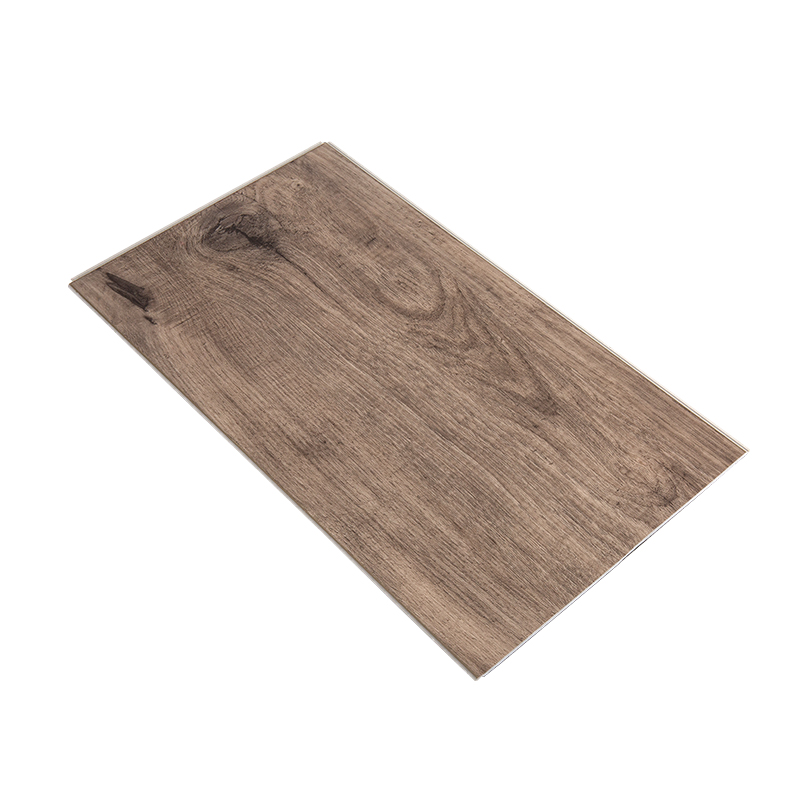+86-18367343973
- 1 Understanding Your WPC Siding Material
- 2 Routine Cleaning and Dust Removal
- 3 Preventative Maintenance for Long-Term Protection
- 4
- 5 What to Absolutely Avoid When Cleaning WPC
- 6 FAQ
- 6.1 How often should I deep clean my WPC wall panels?
- 6.2 Can I use a pressure washer on my WPC siding if I use a low-pressure setting?
- 6.3 My WPC panels have developed a chalky film. What is it and how do I remove it?
- 6.4 Is it necessary to seal or waterproof WPC siding?
- 6.5 Can scratches on WPC panels be repaired?
Wood Plastic Composite (WPC) siding has become a premier choice for homeowners and builders seeking a durable, aesthetically pleasing, and low-maintenance cladding solution. Unlike traditional wood, Interior WPC Wall Panel and exterior siding resist rotting, warping, and insect damage, thanks to its unique blend of wood fibers and thermoplastics. However, to truly maximize your investment and ensure its beauty endures for decades, a proper maintenance routine is essential. This comprehensive guide provides in-depth, professional tips on cleaning and caring for your WPC siding, designed to help you preserve its appearance and structural integrity with minimal effort. By understanding the right techniques and products, you can prevent common issues and keep your home's exterior looking impeccable year after year.
YXWPC1225 5mm Thickness 122cm Width Indoor/Outdoor Wall Decoration Board Waterproof WPC Wall Board
Understanding Your WPC Siding Material
Before diving into cleaning methods, it's crucial to understand what makes WPC siding unique. This knowledge informs why certain care practices are recommended over others. WPC is an engineered material composed of recycled wood flour or fibers and recycled plastics, such as polyethylene or polyvinyl chloride. This fusion creates a product that boasts the natural, warm look of wood but with significantly enhanced durability and resistance to the elements. The material is inherently resistant to moisture absorption, which is the primary culprit behind mold, mildew, and rot in traditional wood siding. Furthermore, it does not require painting or sealing, as the color is typically consistent throughout the entire panel. However, it is not entirely indestructible; it can be susceptible to scratching and may experience slight fading from prolonged, direct UV exposure over many years. Understanding this composition allows you to choose cleaning methods that are effective yet gentle, preserving the protective polymer layer on the surface.
- Material Composition: A blend of wood fibers and polymers creates a robust, moisture-resistant barrier.
- Inherent Strengths: Superior resistance to rot, insects, and warping compared to pure wood.
- Considerations: While low-maintenance, it is not no-maintenance. Proper care prevents surface wear.
- UV Stability: High-quality WPC includes UV stabilizers, but gradual fading can occur over extreme periods.
Routine Cleaning and Dust Removal
Establishing a simple, routine cleaning schedule is the first and most effective step in maintaining the pristine look of your WPC wall panels. Dust, pollen, spider webs, and loose dirt can accumulate over time, diminishing the material's color and texture. For most situations, a routine cleaning every few months is sufficient to prevent buildup. The goal is to use the gentlest method possible to avoid unnecessary abrasion. The most straightforward technique involves using a soft-bristled brush, such as a long-handled car wash brush or a common household broom, to gently sweep away surface debris. For slightly more adhered dirt, a garden hose with a spray nozzle set to a gentle "shower" setting is highly effective. The force of the water should be enough to dislodge dirt without being powerful enough to drive moisture into unintended areas or damage the surface. This process is incredibly effective for cleaning WPC wall panels without the need for any chemicals, making it an eco-friendly and cost-effective maintenance step.
- Frequency: Perform a light cleaning every 2-3 months, or as needed based on your local environment.
- Tools Needed: Soft-bristled brush, garden hose with spray nozzle, and a bucket of warm water.
- Recommended Technique: Use a sweeping motion with the brush followed by a thorough rinse with the hose.
- Safety First: Ensure you are on stable ground when using a ladder to reach higher sections of siding.
Dealing with Stubborn Stains and Grime
Occasionally, routine rinsing may not be enough to remove tougher stains like bird droppings, tree sap, or splattered mud. For these more challenging situations, a deeper clean with a mild cleaning solution is required. It is paramount to avoid harsh chemicals, abrasive cleaners, or metal brushes, as these can scratch and permanently damage the surface of the WPC. Instead, create a solution of warm water and a mild, pH-neutral detergent. Dish soap is often a perfect choice. Using a soft cloth or a sponge, apply the soapy water to the affected area, gently agitating in a circular motion. For larger areas, a soft-bristled brush attached to a long pole can make the job easier. After scrubbing, it is absolutely critical to rinse the area thoroughly with clean water from your hose. Any leftover soap residue can attract more dirt, leading to a filmy buildup that defeats the purpose of cleaning. This method is highly effective for maintaining WPC wall panels without compromising their integrity.
- Safe Cleaning Agents: pH-neutral dish soap or a dedicated WPC panel cleaner.
- Unsafe Cleaning Agents: Avoid bleach, abrasive powders, strong solvents, and pressure washers.
- Application: Agitate gently with a soft sponge or brush to avoid micro-scratches.
- Rinsing: A thorough rinse is non-negotiable to prevent soap residue from drying on the surface.
Preventative Maintenance for Long-Term Protection
Proactive care is the key to extending WPC panel lifespan far beyond its warranty period. While WPC is designed to be resilient, taking simple preventative measures can drastically reduce the need for intensive cleaning and repair. One of the most important steps is managing the environment around your siding. Ensure that sprinkler systems are not constantly spraying directly onto the panels, as constant moisture can encourage organic growth even on resistant materials. Similarly, trim back any tree branches or dense shrubs that are touching or rubbing against the siding; this prevents both physical abrasion and traps moisture against the surface. It's also wise to periodically inspect your siding for any signs of damage, especially after severe weather events. Look for any cracks, chips, or loose panels that might need attention. Addressing these minor issues promptly prevents water from getting behind the siding and causing problems with the underlying structure, which is a core aspect of WPC siding care tips.
- Landscaping Management: Keep vegetation trimmed back to allow for air circulation and prevent physical contact.
- Moisture Control: Redirect sprinklers and ensure proper gutter function to avoid water saturation.
- Regular Inspection: Conduct a visual inspection seasonally to identify any potential issues early.
- Immediate Repairs: Secure any loose panels or fix minor damage immediately to prevent escalation.
Addressing Mold and Mildew Growth
In damp, shady, or humid climates, mold and mildew can appear on almost any exterior surface, including WPC. This growth typically presents as black, green, or gray splotches. Fortunately, because WPC is non-porous, this growth is usually superficial and easy to remove without causing harm to the material. The safest and most effective method is to use a dedicated cleaner formulated for composite materials. If a dedicated cleaner is unavailable, a diluted vinegar solution (one part white vinegar to one part water) can be effective. Apply the solution to the affected area, allow it to sit for a few minutes to break down the organic matter, and then gently scrub with a soft brush. Rinse thoroughly. It is strongly advised to avoid using chlorine bleach, as it can break down the polymers in the composite over time, leading to chalkiness and premature fading. This gentle approach ensures the longevity and beauty of your Interior WPC Wall Panel and exterior applications.
| Cleaning Agent | Mixing Ratio | Application Time | Effectiveness & Risk |
| Dedicated WPC Cleaner | As per product label | 5-10 minutes | High effectiveness, zero risk |
| White Vinegar Solution | 1:1 with water | 5-10 minutes | Good effectiveness, low risk |
| Oxygen Bleach Solution | As per product label | 10-15 minutes | High effectiveness, moderate risk if overused |
| Chlorine Bleach | Not Recommended | N/A | High risk of damage and fading |
What to Absolutely Avoid When Cleaning WPC
Knowing what not to do is just as important as knowing the correct procedures. Using improper tools and techniques is the fastest way to inadvertently void your product's warranty and cause irreversible damage to your siding. The number one tool to avoid is a high-pressure washer. While tempting for its power, the intense stream of water can force moisture behind the panels, potentially compromising the building wrap and structure, and can also etch or roughen the smooth surface of the WPC, making it more susceptible to future staining. Secondly, as mentioned, steer clear of harsh chemicals, solvents, and abrasive cleaning pads. These strip away the protective UV layer and alter the surface chemistry. Finally, never attempt to sand a WPC panel to remove a stain. Unlike solid wood, you cannot refinish WPC; sanding will permanently damage it. Adhering to these prohibitions is a fundamental part of WPC wall cleaning guide principles.
- High-Pressure Washers: The force can damage the surface and drive water behind the siding.
- Abrasive Tools: Steel wool, metal scrapers, and stiff metal brushes will create scratches.
- Harsh Chemicals: Solvents, acetone, and strong acids/alkalis degrade the polymer matrix.
- Sanding: This is not a refinishable material; sanding will destroy the panel's integrity.
FAQ
How often should I deep clean my WPC wall panels?
A thorough deep clean for your WPC siding is generally recommended on an annual basis. This involves using a mild detergent solution and a soft brush to address any accumulated grime, stains, or organic growth that routine rinsing doesn't remove. However, the frequency can vary depending on your local environment. Homes in areas with high pollen counts, heavy bird traffic, or surrounded by dense trees may benefit from a bi-annual deep clean. Conversely, homes in arid, clean climates might only need it every 18 months. The key is to observe your siding; if you notice visible dirt, staining, or a dulling of the color, it's time for a clean. Regular maintenance is the most effective strategy for extending WPC panel lifespan.
Can I use a pressure washer on my WPC siding if I use a low-pressure setting?
It is strongly discouraged. Even on the lowest setting, most consumer-grade pressure washers deliver a stream of water that is too concentrated and powerful for WPC siding. The risk is twofold: First, the pressure can etch the surface, creating micro-abrasions that make the panel dull and more prone to trapping dirt. Second, and more critically, it can easily force water up and behind the panels, compromising the weather-resistant barrier and potentially leading to moisture issues within your wall assembly. The safest and most effective method is always a garden hose, a soft-bristled brush, and elbow grease. This approach effectively cleans without any of the risks associated with pressure washing.
My WPC panels have developed a chalky film. What is it and how do I remove it?
A chalky, faded film on the surface of WPC panels is typically the result of UV degradation, often accelerated by the use of harsh chemical cleaners like bleach. The UV stabilizers in the polymer break down over extreme periods, and abrasive cleaning accelerates this process. To address it, first, try a dedicated composite deck and siding cleaner, which is formulated to lift this chalky residue without further damage. Apply it according to the manufacturer's instructions, agitate gently with a soft brush, and rinse thoroughly. If the chalkiness is minor, this should restore the color. However, if the degradation is severe and surface-level, the damage may be permanent, underscoring the importance of using proper cleaning techniques from the start to protect the panel's surface.
Is it necessary to seal or waterproof WPC siding?
No, absolutely not. One of the primary advantages of Wood Plastic Composite siding is that it is a pre-finished, low-maintenance product that does not require sealing, painting, or waterproofing. The material itself is inherently waterproof due to its plastic composition. Applying a sealant or waterproofing agent is unnecessary, can be costly, and may actually cause problems. These products may not adhere properly to the polymer-rich surface, leading to peeling, bubbling, or an uneven appearance. They can also trap moisture within the panel if not applied correctly. The best way to "waterproof" WPC siding is to ensure it is installed correctly with proper flashing and drainage and to clean it using the gentle methods outlined in this guide.
Can scratches on WPC panels be repaired?
Repairing scratches on WPC panels is challenging because the color is molded throughout the entire material, unlike a surface-applied stain. For very fine, superficial scratches, you can sometimes minimize their appearance by gently heating the area with a hairdryer. The heat can cause the polymer to expand slightly, helping to close the scratch. Always test this on an inconspicuous area first. For deeper scratches or gouges, the most reliable solution is to replace the individual affected panel, which is why preventing damage is crucial. Avoid dragging sharp or heavy objects across the surface. This limitation highlights the importance of handling and cleaning WPC with care to preserve its flawless appearance.
